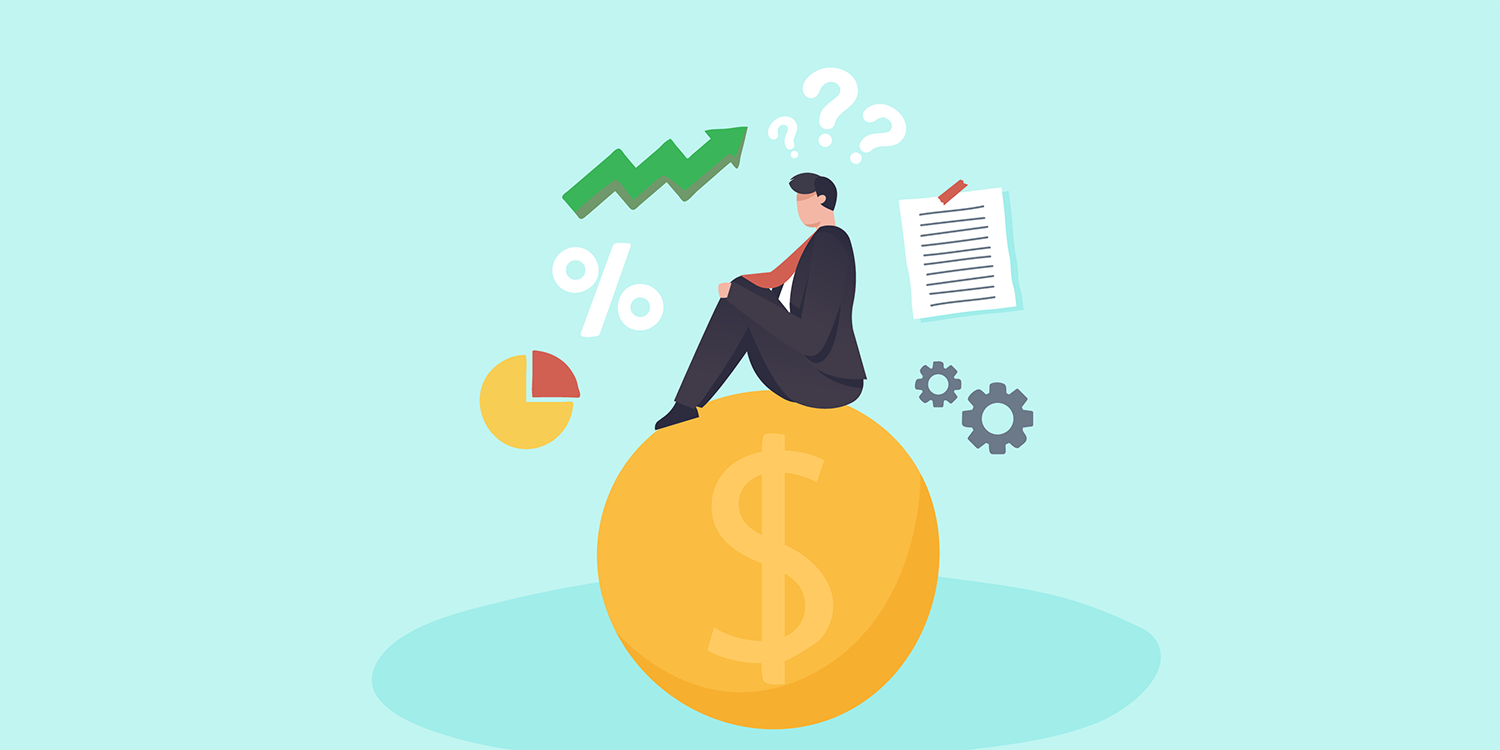Since the beginning of 2021, signs of economic recovery have started to appear. Americans are actively spending in specific sectors, and some industries are faring well—while others are lagging. Consumers, ready to re-engage with the world after a year of social distancing and lockdowns, are eager to spend. However, some businesses lack the staff and inventory they need to serve them. This contradiction creates uncertainty around the U.S. economic recovery. Are we on the path toward recovery or not?
Economic recovery occurs over time and not always as quickly as we expect. Economists track different areas on a week-by-week and month-by-month basis to determine how our economy is performing. Three of the most indicative measures economists use to monitor economic recovery include:
The Consumer Price Index- This index tracks the cost of consumer goods from one year ago. Increases mainly were in categories where the demand was high during the pandemic, plagued by supply-chain disruptions. Economists predict that this will ease in the coming months if no further trouble in supply occurs.
Unemployment Rate Index- The U.S. Unemployment rate is improving after the second-highest rate since 1980, with an employment rate of 14.8% in April 2020. Economists will continue to watch the unemployment rate as we move closer to the fall and year-end for signs of recovery to pre-pandemic levels.
Wages- Wages are tied to the Employment cost index and indicate recovery in employment. U.S. wages have increased by 2.8% overall in all industries since 2020. However, with an inflation rate of 2.4%, American workers likely will not feel like they’re making more money.
What about Inflation?
Not all consumer goods are experiencing inflation; food has slightly increased while gas and vehicles are experiencing double-digit increases. Other items experiencing inflation include construction materials, home furnishings, airline fares, and apparel. Since COVID-19, clothing at retail stores is continuing to deplete as manufacturing halted mainly overseas, creating demand for products ordinarily accessible. Economists predict the inflation rate to slightly increase over the next year and a half, then level in 2023.
Meet with your financial professional
If you are concerned about economic recovery in specific industry sectors or inflation and its impact on your portfolio or fixed-income investments, schedule a time with one of our fiduciary advisors. Contact us today!




